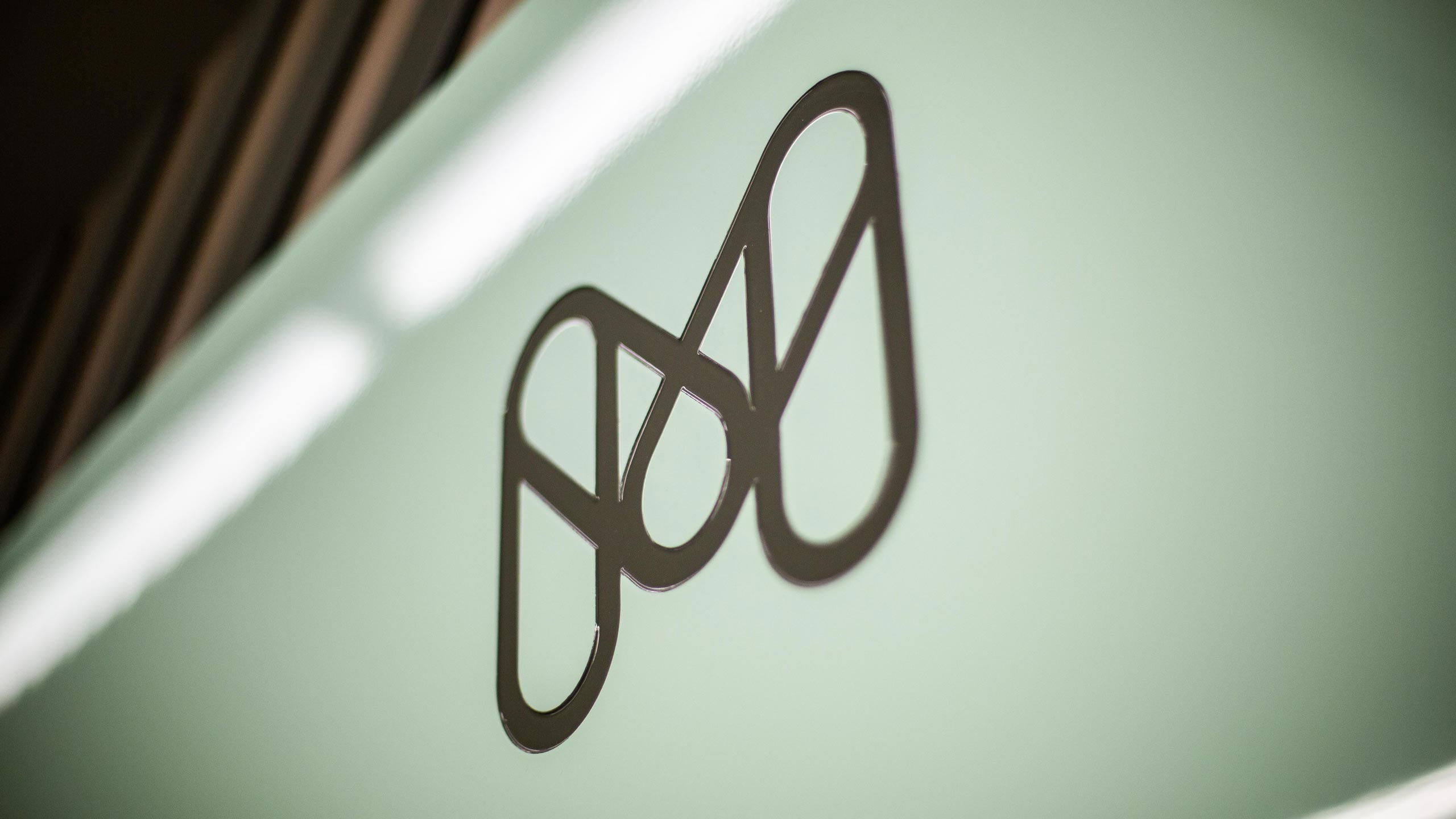Most people would give no thought to how a car steers unless it steers terribly, or not at all. But have you ever considered how it is that your car’s steering is stable on the open road, but easy to turn at slow speed and in car parks?
Many would give credit to power steering, but the key lies in Australian Arthur Bishop’s patented variable-ratio steering technology. Without variable-ratio steering, power steering makes for nervous or twitchy steering at speed.
Others had tried to develop such a system before Bishop, but had concluded that it was not possible. Not only did Bishop figure out not how to make a working variable-ratio system, but how to mass-produce it as well.
But Bishop was not only a brilliant engineer, he was also a strategic user of the patent system, with an estimated 300 patents in 17 countries to his name. He once said that:
‘The patent system plays an essential role for the innovator in preventing others pirating his ideas before he has had time to perfect them’.
‘It’s important to patent other ways of accomplishing the same object, but also to find and cover the best way to manufacture, or the best process associated with that new idea. And so you build up a matrix or pyramid of protection around the idea. That makes it much more invulnerable to challenges by other manufacturers who very often have resources which go far beyond the innovators.’
As a result of Bishop’s vision, an estimated one in five of the world’s cars, including 11 million new cars each year, use some aspect of his variable-ratio, rack and pinion and associated power steering technologies. Yet Bishop’s company manufactures none of them. They are all made under license agreements paying up to A$14 million a year, or in joint ventures with car manufacturers or their suppliers.
And so it is that Arthur Bishop’s legacy may not lie is his inventions, but the realisation that exporting knowledge may be just as valuable as exporting anything else.

